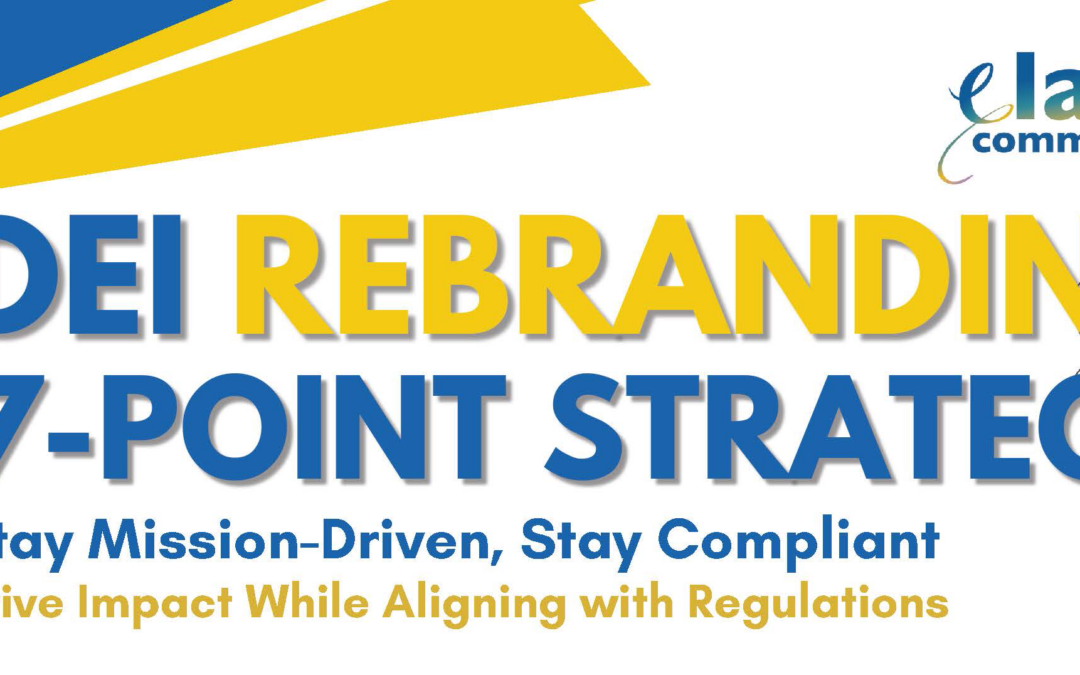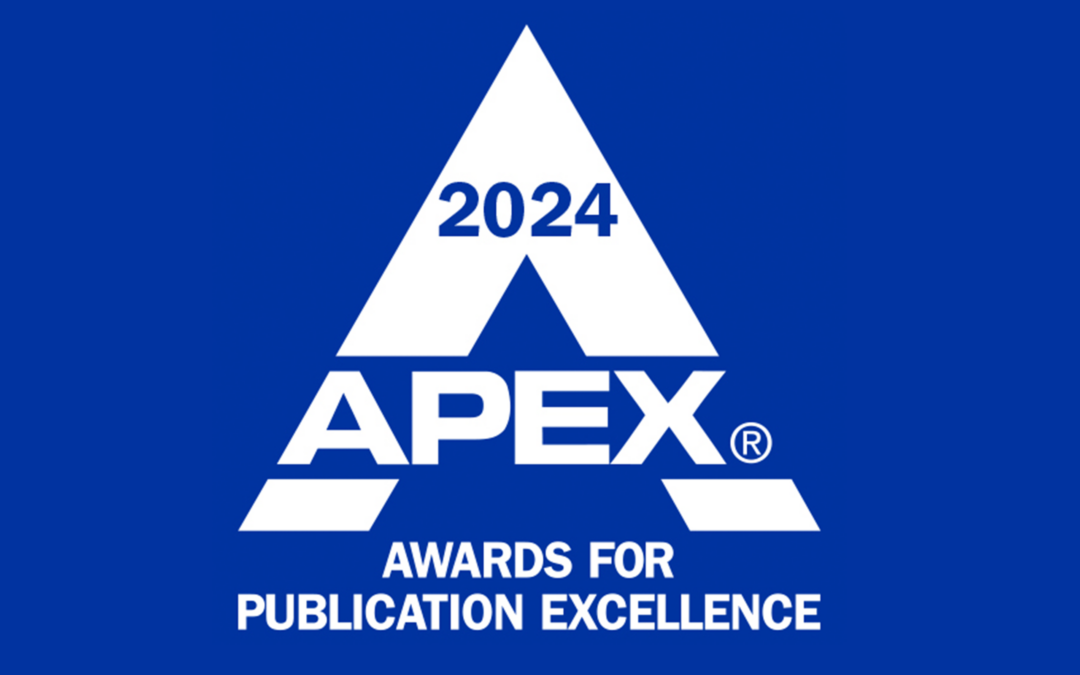Effective communication is essential for engaging stakeholders—whether they are employees, customers, or partners. A communications audit helps you understand how well you’re connecting with these groups and where you can enhance your engagement strategies. A communications audit provides a comprehensive overview of how information flows within your organization. It helps identify gaps in communication that may lead to misunderstandings or misalignment. By evaluating the effectiveness of various communications channels, you can determine what works well and what needs improvement.
Aligning communications strategies with organizational goals is essential for maintaining focus and clarity. A communications audit allows you to assess whether your messaging supports your overall objectives and vision. It also reveals inefficiencies in your processes. You can streamline communication efforts, saving time and resources by identifying bottlenecks, redundancies, and ineffective practices.
Conducting a communications audit provides a baseline for measuring the impact of your strategies over time. By establishing metrics, you can track progress, identify trends, and make data-driven decisions for future initiatives. A communications audit sends a strong message about the importance of communication within your organization. It encourages a culture where feedback is valued and open dialogue is promoted, leading to increased employee engagement and satisfaction. Most importantly, it helps identify the best ways to communicate changes, address employee concerns, and foster buy-in.
Here’s how to recognize communication pain points and address them.
- Conduct employee surveys: Use anonymous surveys to encourage honest feedback. This will help you uncover issues that employees might hesitate to voice in a public setting.
- Hold focus groups: Invite a diverse mix of employees from different departments and levels to ensure a broad range of perspectives.
- Observe communication patterns: Keep a record of recurring themes or questions that arise in meetings. This can highlight areas where clarity may be lacking.
- Review communications channels: Solicit feedback about the effectiveness of various communications tools. Understanding employees’ preferences can guide you in optimizing communication methods.
- Analyze response times: Set benchmarks for response times, and encourage teams to discuss obstacles that affect their ability to respond promptly.
- Look for misalignment: Hold cross-departmental meetings to discuss goals and updates. This encourages alignment and reduces misunderstandings.
- Assess leadership communication: Gather feedback specifically about leadership communication, and identify areas for improvement, such as more frequent updates or increased availability for questions.
- Monitor employee engagement: Consider implementing regular pulse surveys to track engagement over time. This can identify trends and areas that require attention.
- Utilize analytics tools: Analyze this data to identify patterns and trends that may indicate communication pain points.
A communications audit is not just a one-time exercise; it’s an ongoing process that significantly enhances your organization’s communications practices. By assessing effectiveness, identifying gaps, streamlining processes, and aligning with goals, a communications audit lays the groundwork for more effective and impactful communication.
In a world where effective communication is essential for success, investing time and resources in a communications audit is a strategic move that leads to lasting benefits. By prioritizing clear, consistent, and engaging communication, organizations foster stronger relationships, improve employee engagement, and ultimately achieve their objectives more effectively.









